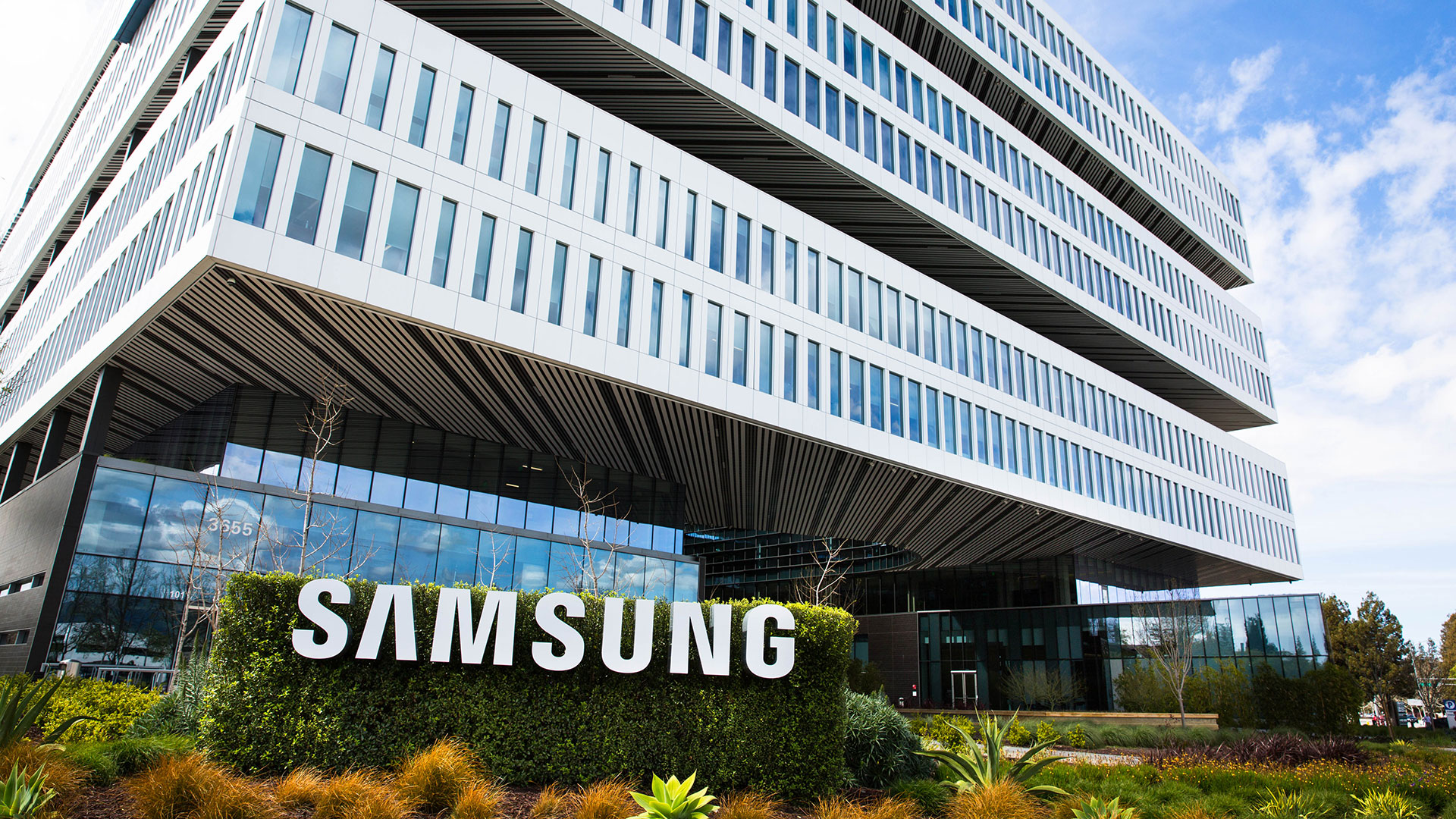Samsung is currently in a negotiation deadlock with the Nationwide Samsung Electronics Union (NSEU) — the union representing more than 28,000 Samsung workers — and the union has scheduled a one-day strike on June 7. While it may not feel like a major disruption, especially as strikes in other companies could last several weeks or months, chip production is a totally different story.
That’s because semiconductor factories take a substantial amount of time to start up. For example, Samsung lost over $36 million whena Korean factory lost power for just 28 minutes, killing 3.5% of global flash production for March 2018. Another Samsung factoryexperienced a one-minute outage in 2019, and it took three days to resume production. The company also lost almost $290 million in 2021 when it had toshut down its Austin, Texas plantfor a month due to the cold snap affecting the power grid. This exacerbated chip shortages at that time, asthe company had trouble restarting production.

These events show how fragile semiconductor production is, and some media outlets are asking if this strike will impact the global chip supply. However, TrendForce, a semiconductor industry market research firm, says, “This strike will not impact DRAM and NAND Flash production, nor will it cause any shipment shortages. Additionally, the spot prices for DRAM and NAND Flash had been declining prior to the strike announcement, and there has been no change in this downtrend since the announcement.” (via The KoreaTimes)
The NSEU announced the strike on June 28, 2025, nine days before the planned date, and since the spot prices haven’t increased the consensus seems to be that this one-day strike will not materially affect the global chip supply situation. However, Samsung will definitely be hit by massive losses if we reference the company’s prior experience with disruptions.

We just hope that Samsung and the NSEU settle this labor dispute sooner rather than later, especially asAMD ordered its 3nm chips from the South Korean firmrecently. It’s also reportedlystruggling with its HBM3E chip production, which could push Nvidia towards Micron and SK Hynix. If the company doesn’t find a good middle ground between its workers' demands and its income targets, then further disruptions could come later tothe third-largest chip maker in the world (after TSMC and Intel), which could affect our fragile global chip supply.
Get Tom’s Hardware’s best news and in-depth reviews, straight to your inbox.
Jowi Morales is a tech enthusiast with years of experience working in the industry. He’s been writing with several tech publications since 2021, where he’s been interested in tech hardware and consumer electronics.